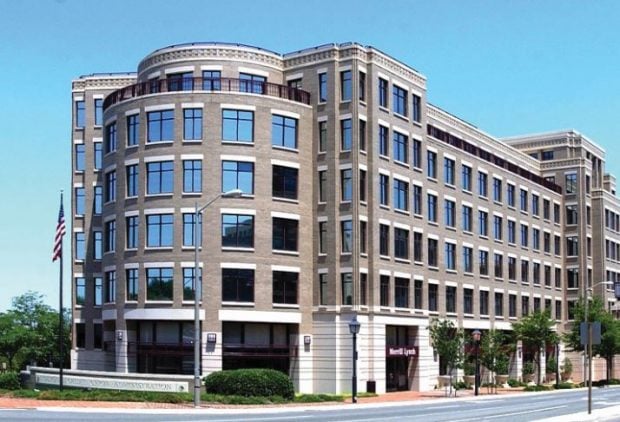New York legislators have introduced legislation that would extend the grace period for flood insurance premium increases for Superstorm Sandy victims.
The legislation was introduced as information became available that the cost of Sandy to the National Flood Insurance Program will be in the neighborhood of $7 billion.
Federal Emergency Management Agency officials have not responded to repeated request over the last several days for the information.
Recommended For You
Sources with knowledge of the cost of Sandy to the program Sandy has cost about $6 billion so far, with projections to go to maybe $7 billion.
The sources said FEMA officials project that the cost may go a little higher because of so-called "long-tail" claims like Increased Cost of Construction or ICC.
These costs develop because of the need to rebuild in existing areas at higher elevations, the source said.
The sources said that FEMA has paid approximately 85% to 90% of the cost of Sandy to the NFIP.
The sources said that there is "slowing up" of payment of Sandy claims, "The agency has plenty of money," the source said.
According to the latest data, outstanding borrowing by FEMA pre-Sandy was $17 billion
The outstanding borrowing is now at $23 billion, "with the likelihood of borrowing a bit more at the end of the month," the source said.
The agency has borrowing authority of up to $30.4 billion. "FEMA shouldn't come close to that to pay for Sandy claims," the source said.
As to the latest legislation, if enacted it would extend the premium increase timeline for primary residences in areas that have been declared a federal disaster area after July 6, 2012 from five years to eight years.
The bill is H.R.960, the Flood Victim Premium Relief Act of 2013.
Its primary sponsors are Reps. Michael G. Grimm, R-N.Y., who represents Staten Island, and Gregory Meeks, D-N.Y.
Co-sponsors include Reps. Charles B. Rangel D-N.Y.; Eliot Engel, D-N.Y., and Jerold Nadler, D-N.Y., and other members of the New York congressional delegation.
The bill seeks to amend the NFIP reform law of 2012, which was enacted in early July after 5 years of tortuous effort. It reauthorizes the NFIP for five years.
In order to pay off the agency's growing debt, and this was before Sandy claims required the agency to increase its borrowing authority to $30.4 billion, or 50%, the maximum rate increase the NFIP could impose in a given year was raised from 10% to 20%.
The proposed legislation would slow the rate of increase in declared disaster areas for the first four years after a remapping from 20% per year to 5% per year, with rates in years 5 through 8 returning to the original 20% a year increases.
"If we allow flood premiums to increase on their current schedule, based on the new maps, homeowners are going to be in an impossible position of trying to both pay their mortgage as well as increased flood premiums that may rise over $10,000 in some cases," Grimm said.
He said this situation will almost certainly lead to a surge in defaults and foreclosures and cost the taxpayers vast sums via the government's exposure to Fannie Mae, Freddie Mac and the FHA.
"Allowing an extra three years to increase premiums will give both homeowners and localities time make smart, long term flood mitigation and rebuilding plans," Grimm said.
© 2025 ALM Global, LLC, All Rights Reserved. Request academic re-use from www.copyright.com. All other uses, submit a request to [email protected]. For more information visit Asset & Logo Licensing.







